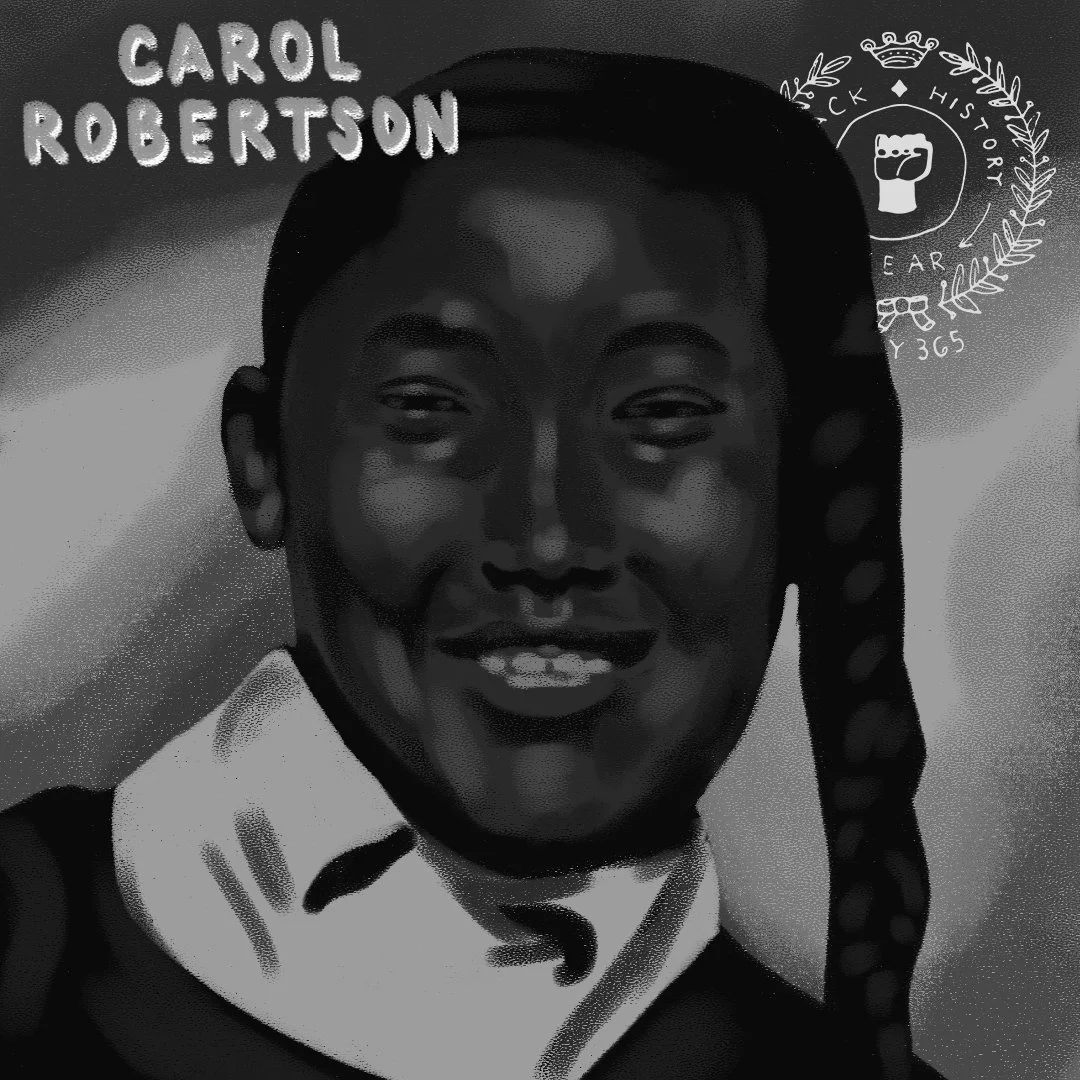Capoeira developed as a result of more than three hundred years of slavery in Brazil. Enslaved Africans were taken by Portuguese colonists from various cultures in Africa. In Brazil, generations of enslaved African people shared the cultural customs, dances, rituals, and fighting techniques that would combine to become capoeira. Slaves used capoeira to fight to escape and resist capture, but concealed its combative purpose through music, song, and dance. Fueled by the burning desire for freedom. It soon became widely practiced on the plantations as a means of breaking the bonds of slavery, both physically and mentally. During this time, the art was considered a social infirmity and officially prohibited by the Brazilian Penal Code. Between 1500 and 1815, Brazil was a colony of the Portuguese Crown—an empire sustained by slave labor. The enslaved resisted in various forms: armed revolt, poisoning their owners, abortion and escape. The vastness of the Brazilian inlands made it possible for individuals on the run to hide. Some escaped and formed clandestine communities in the backlands of the rainforest, independent villages known as quilombos. Here, the Africans and their descendants developed an autonomous socio-cultural system in which they could sustain various expressions of African culture. The basic aesthetic elements of capoeira were brought to Brazil by enslaved people, primarily from west and west-central Africa. These elements were recombined and reinterpreted within the diverse enslaved community of Brazil to create a unique means of self defense, both driven and disguised—as merely a dance—by its musical accompaniment. Slavery was abolished in Brazil in 1888, but capoeira continued to flourish within the Afro-Brazilian population, particularly in the northeastern state of Bahia. The government, however, recognizing the physical and spiritual potency of the art form and considering it a threat to society, continued to outlaw the practice until the early 20th century. Real hater sh*t right there.
Black History 365 | # 211 Anita Hill
Anita Hill was born July 30, 1956 in Lone Tree, Oklahoma. She received a bachelor's degree in psychology from Oklahoma State University in 1977 and her Juris Doctor from Yale Law School in 1980. She began her law career as an associate with a Washington, D.C. law firm. In 1981, she became an attorney-advisor to Clarence Thomas, then the assistant secretary of the U.S. Department of Education's Office for Civil Rights. When Thomas became chairman of the U.S. Equal Employment Opportunity Commission in 1982, Hill followed and served as his assistant. In 1991, President George H. W. Bush nominated Clarence Thomas, then a federal circuit judge, to the U.S. Supreme Court. After Senate confirmation hearings were initially completed with little opposition, a report of an interview of Hill by the FBI was leaked to the press. She became a national figure in 1991 when she accused U.S. Supreme Court nominee Clarence Thomas of sexual harassment during her tenure. Hill's accusation resulted in her testimony before the Senate Judiciary Committee. During her questioning, a number of senators accused her of lying and raised doubts about her sanity. Thomas later denied the allegations, accusing the committee of a “high-tech lynching.” Although other women reportedly could have supported Hill’s testimony, they were never called by the committee. In the end, Thomas was narrowly confirmed, 52–48. In addition, the manner in which the all-male Senate Judiciary Committee questioned Hill during her testimony is said to have inspired the record number of women who ran for office and were elected to Congress in 1992, the "Year of the Woman." She became a visiting scholar at Brandeis University, eventually rising to university professor (2015). In addition to numerous articles, Hill wrote the autobiography Speaking Truth to Power (1997) as well as Reimagining Equality: Stories of Gender, Race, and Finding Home (2011) and Believing: Our Thirty-Year Journey to End Gender Violence (2021).
Black History 365 | # 210 The Greensboro Four
On February 1, 1960, David Richmond, Franklin McCain, Ezell Blair Jr. (Jibreel Khazan), and Joe McNeil, four African American students from North Carolina Agricultural and Technical College, staged a sit-in in Greensboro at Woolworth, a popular retail store that was known for refusing to serve African Americans at its lunch counter. Not long after their protest, sit-ins began occurring across the South, including the North Carolina cities of Charlotte, Durham, and Winston-Salem. These young men came to be known as the Greensboro Four. The Greensboro Four, as they became known, had also been spurred to action by the brutal murder in 1955 of a young Black boy, Emmett Till, who had allegedly whistled at a white woman in a Mississippi store. These young men enlisted the help of a local white businessman, Ralph Johns, to put their plan into action. Police arrived on the scene but were unable to take action due to the lack of provocation. By that time, Johns had already alerted the local media, who had arrived in full force to cover the events on television. The Greensboro Four stayed put until the store closed, then returned the next day with more students from local colleges. Within weeks, national media coverage of the protest led to sit-ins being staged in cities across the country. Soon dining facilities across the South were being integrated, and by July 1960 the lunch counter at the Greensboro Woolworth’s was serving Black patrons. The Greensboro sit-in provided a template for nonviolent resistance and marked an early success for the civil rights movement.
Black History 365 | # 209 Cynthia Wesley
Cynthia Wesley was born Cynthia Morris April 30, 1949; died September 15, 1963 in Birmingham. She was one of the four girls killed in the 1963 bombing of 16th Street Baptist Church. She was the adopted daughter of Claude A. Wesley and his wife, Gertrude, both teachers. They lived on "Dynamite HIll" in Smithfield. Cynthia attended Ullman High School, where she excelled in reading and math and played in the band. She is buried at a monument in Greenwood Cemetery along with two of the other girls that were killed, she was 14 years old.
Black History 365 | # 208 Carole Robertson
Carole Robertson Day was killed in the 16th Street Baptist Church bombing on September 15, 1963. She was 14 years of age at her death and she was at the church preparing to march with other youth that day for civil rights. Her mother was the Regional Director for the Southeastern region. Born April 24, 1949, Carole Rosamond Robertson was the third child of Alpha and Alvin Robertson. Her older siblings were Dianne and Alvin. Her father was a band master at an elementary school, and her mother was a librarian. She was an avid reader and straight-A student who belonged to Jack and Jill of America. Carole was also active in the Girl Scouts, the Parker High School marching band and science club. She attended Wilkerson Elementary School where she sang in the choir. Carole grew up in Birmingham’s Smithfield community, developed in the early 1900s as a neighborhood for prominent Black professionals. Many homes in the district were designed by the notable Black architect Wallace A. Rayfield. Robertson took lessons in tap, ballet and modern dance, at the Smithfield Recreation Center’s auditorium every Saturday afternoon. She was buried at Shadow Lawn Cemetery, but her remains were moved to Greenwood Cemetery in 1974, to be interred near her father's. She shares space on a monument in the cemetery with 3 other girls that were killed. The Carole Robertson Center for Learning in Chicago is named in her memory.





